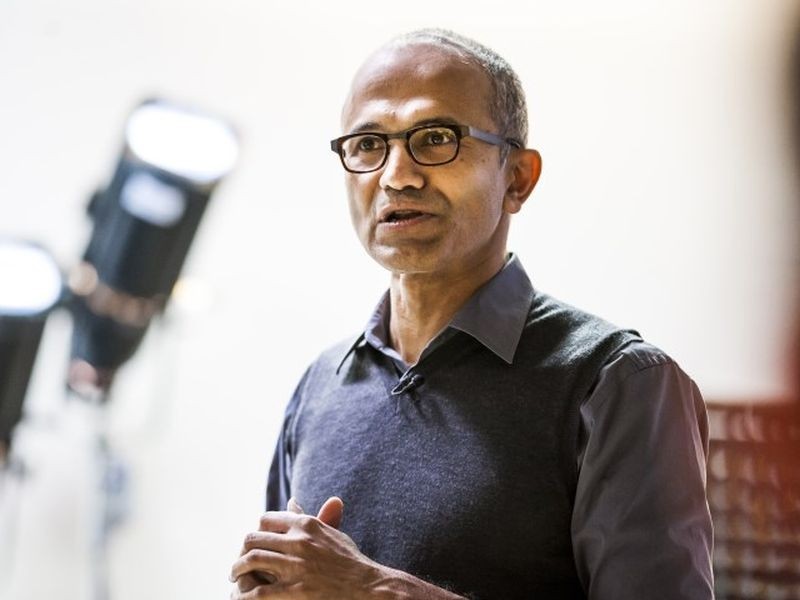Speaking from the podium at the Government Leaders Summit held in Washington DC, Microsoft CEO Satya Nadella reiterated the need to focus on prioritizing user trust above anything else.
Stressing upon the mandate of earning user trust, irrespective of what business they were running, he said that the authority of maintaining this trust is not limited to companies like Microsoft, but also to the institutions who are operating by using their tools.
Speaking on the topic, he said:
” Now, of course, the power law here is all around trust because one of the keys for us, as providers of platforms and tools, trust is everything.”
Nadella further added:
That means you need to also ensure that there is trust in the technology that you adopt, and the technology that you create, and that’s what’s going to really define the power law on this equation. If you have trust, you will have exponential benefit. If you erode trust it will exponentially decay.
The CEO mentioned that he sees trust in three dimensions- privacy, security and ethical use of artificial intelligence. All of these are the foundations to build the trust with consumers.
As per Nadella, privacy is the right of every human, and it is the responsibility of the vendors to preserve the privacy of their customers. He also said that the investments around data governance were going to define whether you’re serious about privacy or not.
While Nadella defined security from the Microsoft perspective, the message remains clear: Security is essential on the path of building trust.
Cyber is the second area where we not only have to do our work, but you have to [ask], what’s your operational security posture, how have you thought about having the best security technology deployed across the entire chain, whether it’s on the application side, the infrastructure side or on the endpoint, side, and most importantly, around identity.
On the question of how he uses Artificial Intelligence ethically, Nadella stated:
One of the things people say is, ‘Oh, this AI thing is so unexplainable, especially deep learning.’ But guess what, you created that deep learning [model]. In fact, the data on top of which you train the model, the parameters and the number of parameters you use — a lot of things are in your control. So we should not abdicate our responsibility when creating AI.
The Tech Portal is published by Blue Box Media Private Limited. Our investors have no influence over our reporting. Read our full Ownership and Funding Disclosure →






